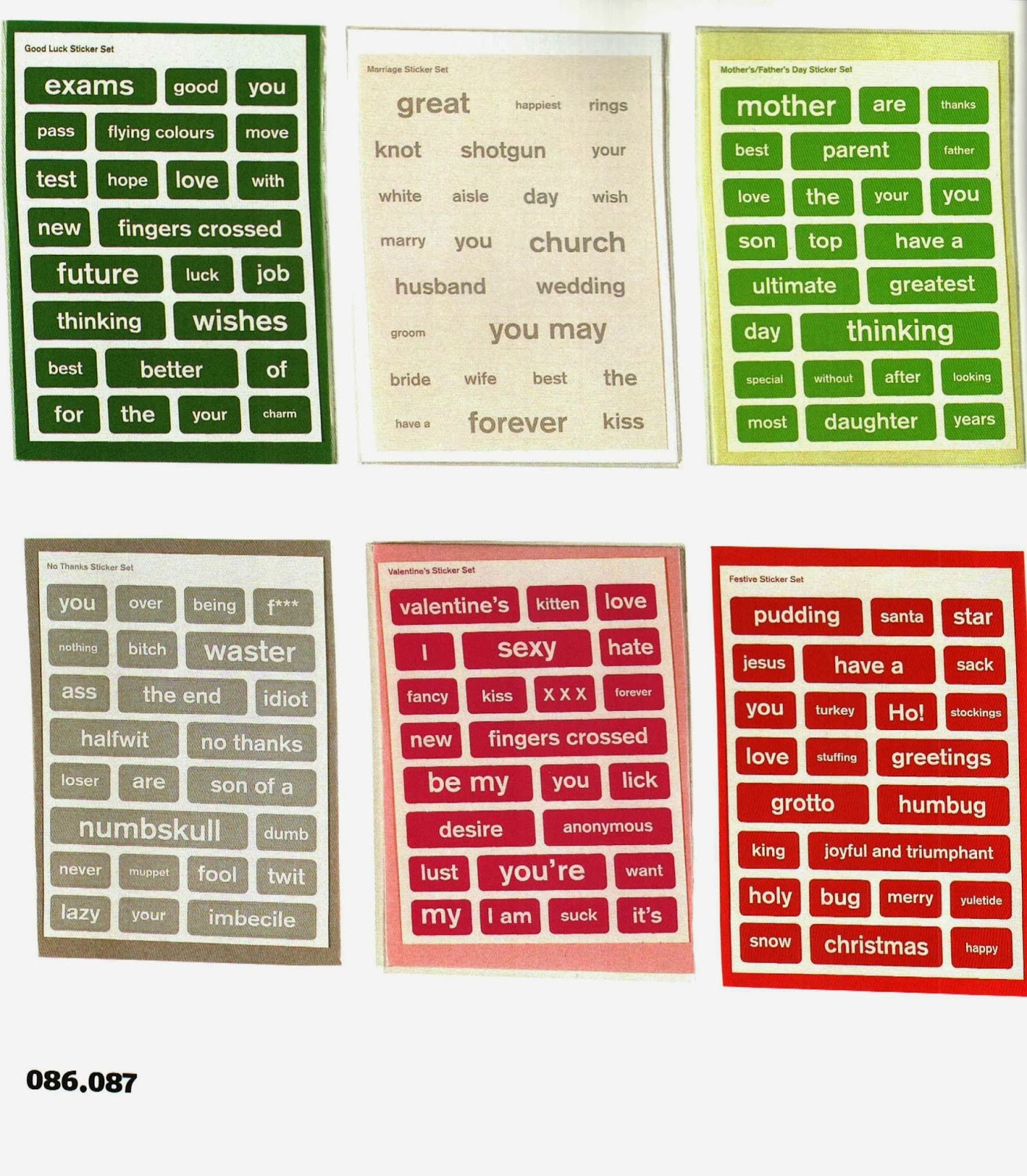The homepage of Lee’s website has a category for his own personal projects. Interestingly this is placed before his professional projects in the hierarchy, as if these mean more to him than his professional work. Lee has had some extremely high profile personal projects which have been pivotal in his career as a creative.
Lee’s self-set projects are like visual anecdotes. They have a certain cheek to them that make them amusing, and engaging with an audience.
The wordless web is a self-set project of Lee’s who collaborated with a web developer to develop a web extension that would take all of the text of the internet. The result is almost poetic. Lee’s work covers a wide range of subjects and mediums. From web apps, to product design, to collections of images.
The project the World Trade Centre Logo Preservation Society is a collection of images where the subject is logos and signs that have a New York Sky line with the World Trade Centres included. Not only does Lee make products, and apps, but he documents things and brings things to the attention, almost like an artist would. However, Lee’s collections and artistic intentions are delivered in a modest and welcoming way which really sets it apart from the more serious nature of fine art.
White Feed gives you a daily Facebook post that is just a simple white image. Nothing else. So you can have a little piece of nothingness in between posts in your busy Facebook News Feed.
This project started nearly twenty years ago as an assignment in my typography class at art school. Students were encouraged to see letters beyond their dull, practical functionality.
The challenge is to visualize the meaning of a word, using only the graphic elements of the letters forming the word, without adding any outside parts. The challenge was very hard, but the reward of “cracking” a word felt great. So this became a lifelong project for me.
In 2011, Lee published a book called “Word as Image” containing nearly 100 words, this shows how Lee has monetised from his self-set projects. This entrepreneurial tendency shows how self-set projects can play a larger role in a designers personal practice, than just ‘trying out new techniques’ or ‘promoting yourself’.









































































